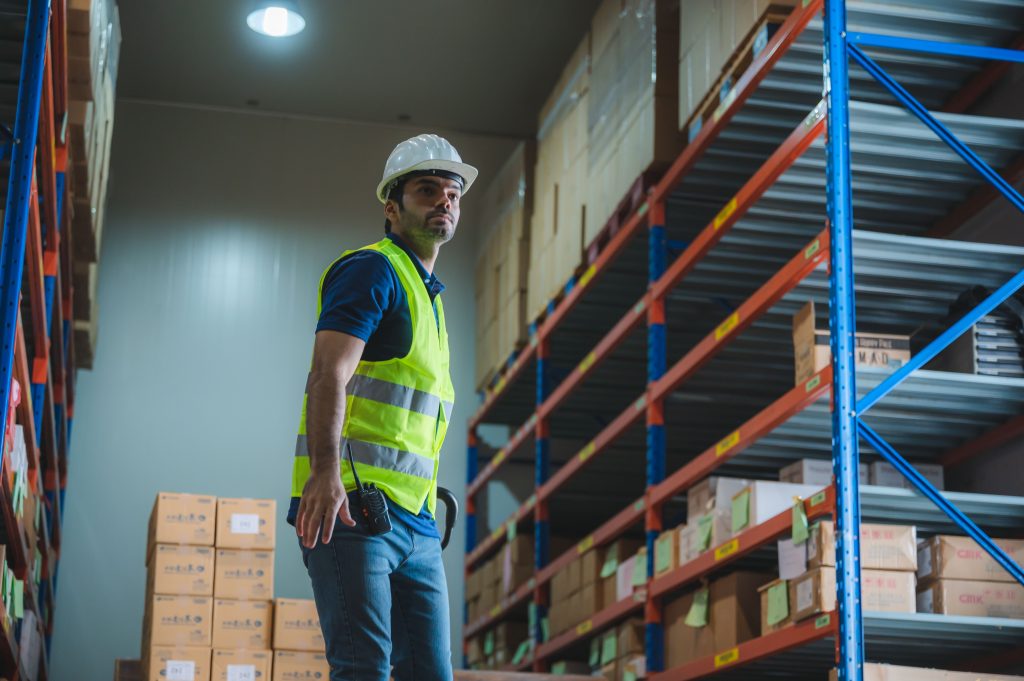
Corless Logistics optimises retail distribution logistics with advanced systems, improving efficiency, accuracy, and competitiveness for your operations.
Efficient movement of goods from the manufacturer to the end consumer is essential in the competitive retail landscape. Retail distribution logistics plays a vital role in ensuring products are accurately stored, transported, and delivered. With rising consumer expectations and increasingly complex supply chains, adopting advanced systems has become crucial for operational excellence and long-term growth.
The Evolution of Retail Distribution Logistics
Retail distribution has evolved from a manual, forecast-driven process to one that requires speed, flexibility, and precision due to the rise of e-commerce and global supply chains. This shift has transformed retail distribution logistics into a dynamic and technology-driven function demanding real-time visibility and agility. Advanced systems such as automated warehouses and AI-powered forecasting tools are now essential for streamlining operations, reducing costs, and enhancing customer satisfaction.
To better understand the broader landscape influencing logistics decisions, explore industry insights on consumer goods retailing in Australia at IBISWorld: Consumer Goods Retailing in Australia.
Core Components of Advanced Logistics Systems
To remain competitive, retailers must adopt integrated logistics technologies that optimise each link of the supply chain. Below are the essential components that define a modern retail distribution logistics framework.
• Warehouse Management Systems (WMS) – A robust WMS is fundamental to effective inventory control and warehouse operations. It allows businesses to track stock levels, manage picking and packing workflows, and optimise storage layouts. With a WMS, warehouse efficiency improves significantly through real-time data, reducing errors and increasing throughput.
• Transportation Management Systems (TMS) – A TMS supports the planning, execution, and monitoring of transport operations. It provides route optimisation, carrier selection, load consolidation, and real-time tracking of shipments. By utilising a TMS, retailers can reduce transportation costs and enhance delivery reliability, key drivers of customer satisfaction in modern logistics.
• Inventory Optimisation Tools – Accurate inventory management ensures that the right products are available at the right time. Inventory optimisation tools use predictive analytics and demand forecasting to maintain ideal stock levels. These systems help prevent overstocking and stockouts, reducing holding costs and improving service levels across the supply chain.
• Order Management Systems (OMS) – An OMS acts as the command centre for order fulfilment. It integrates with various sales channels and ensures that customer orders are processed, tracked, and delivered efficiently. A sophisticated OMS enhances visibility across distribution networks, enabling businesses to manage complex order flows in real time.
• Automation and Robotics – Automation plays a pivotal role in increasing speed and accuracy in retail distribution logistics. From robotic picking systems to automated guided vehicles (AGVs), these technologies reduce human error, lower labour costs, and accelerate warehouse operations. Robotics also enable businesses to scale quickly in response to fluctuating demand.
Partnering with Corless Logistics for Smart Distribution Solutions
Efficiency and precision are critical in maintaining customer loyalty, making a reliable logistics partner essential. Corless Logistics addresses the challenges of modern retail distribution logistics with advanced systems and tailored solutions. From intelligent warehousing to transport management and real-time inventory visibility, we help your business build a smarter, more resilient supply chain.
Learn more about our secure, timely, and Australia-wide transport solutions by reading our blog:
National Distribution: Secure and Timely Logistics Transport Australia-wide.
